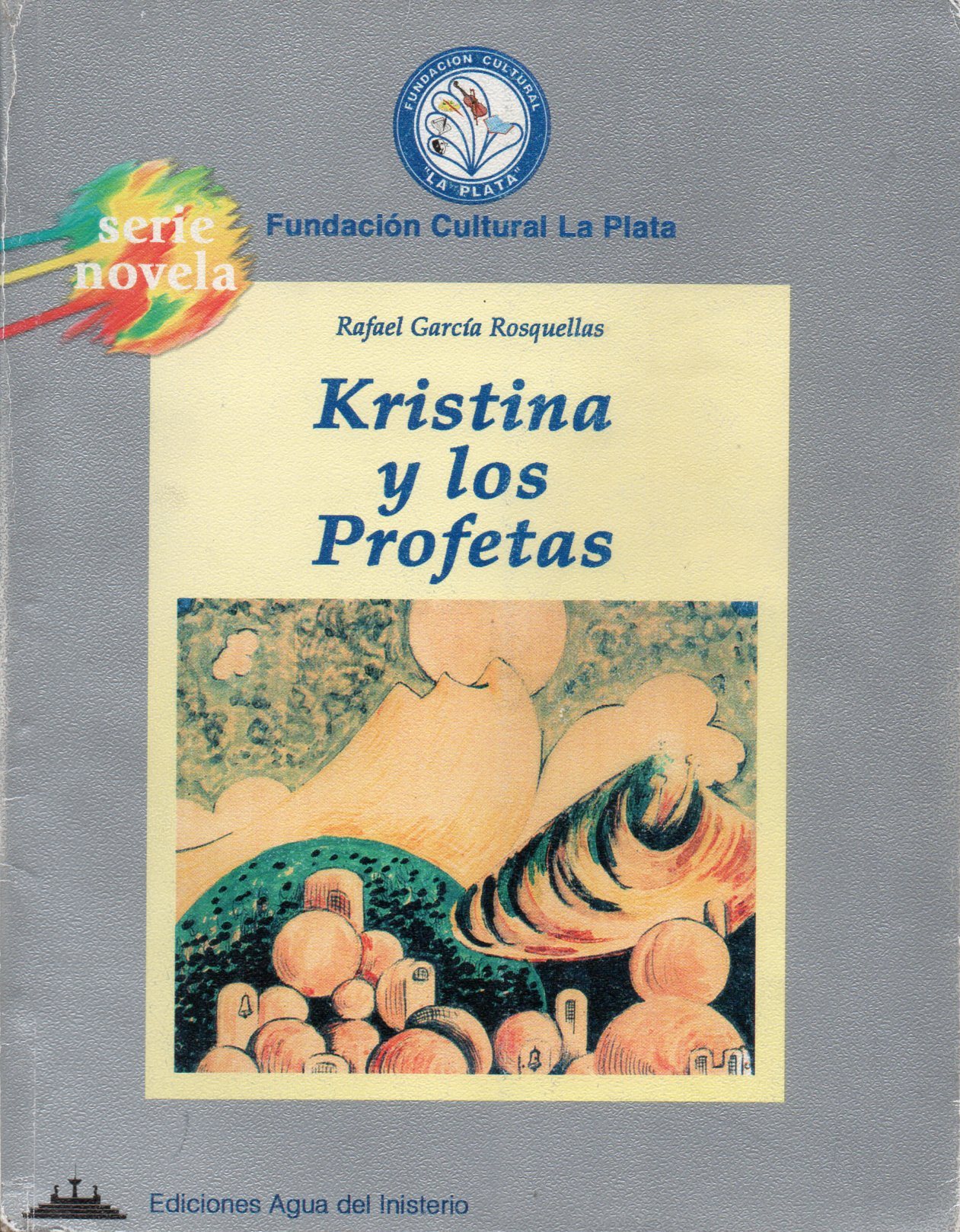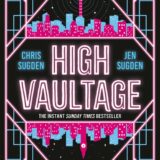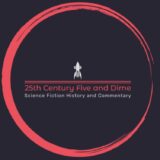This is not how the World ends. This oft-spoken mantra, among others, repeated throughout the narrative of the Marvel comic S.H.I.E.L.D. is a tried and true indicator of how much I adore this work. Created by heralded writer Jonathan Hickman and mesmerizing artist Dustin Weaver, this series is wholly unlike anything I’ve ever read and hope to read in the future. At its heart, the story weaves through the continuity of our history, explaining how great men can be so much more than we ever thought by inferring that when the scripture of collective humanity is examined, these great men are actually superheroes, no different than the caped and masked figures of our current understanding. These are individuals who, through our lens of the now, transcended the norm of humanity’s ability and questioned the Universe for the truth surrounding them.
The story follows a youth by the name of Leonid who finds himself pulled into S.H.I.E.L.D. – a self-ordained organization to center humanity from behind the veil and curtail any threat to the forwarding of mankind – hidden below even the most ancient strata of Rome. The connection between this organization and the publicly-known government organization, often helmed by Director Nicholas Fury, are loosely depicted. He is tasked with being the one to stand the gap and impel the means to rescue all of reality.

S.H.I.E.L.D. successfully represents the parts of the Marvel comic Universe I really enjoy: Cosmic set-pieces, awareness of current culture, and an incredibly dense mythology. I’m not fully in awe of the majority of the characters in the Marvel Universe but I do find the creative teams’ ability to seamlessly blend our present state of life into their stories truly commendable.
What S.H.I.E.L.D. does is utilize the formula that made overarching events such as Marvel’s Civil War truly pinnacle and retool it to adapt our history. The amalgamation of Marvel mythos and our past is most notable in the free interaction Marvel Universe characters have with pillars of innovation. Appearing in the narrative, Sir Isaac Newton, Leonardo da Vinci, Nikola Tesla, Zhang Heng, Nostradamus, and Galileo Galilei, among others, fit flawlessly. Many of them are presented with ominous monikers such as “The Night Machine”, “The Forever Man”, “The Eternal Dynamo”, and “The Architect of Revelation”, not unlike the iconic and speculative titles imparted on heroes. From one panel to the next the interplay is natural; Zhang Heng haggles with a Celestial for the future of Earth, Newton travels far to the Deviant City of Ashomia in search of a part of his Five-Fold Understanding, Tesla goes toe-to-toe with S.H.I.E.L.D. agents Nathaniel Richards and Howard Stark, and Galileo utilizes a “Creation Engine” to assault Galactus, The Devourer of Worlds with a beam of condensed creation, much to the ire of the Papal State.
Instead of embedding heroic tales into current events as Marvel is one to do, Hickman and Weaver rebuild the tapestry of the past to portray an alternative set of events, affecting historical milestones to suit the need of the narrative. While the majority of all-encompassing arcs in the Marvel Universe are amplified to display the change implemented upon established characters, S.H.I.E.L.D. purposefully melts into the shadows of continuity, allowing itself to be a perpetual record of how the present has come to be via the past – as opposed to the template of intervening solely the present to change the future.
Furthermore, the concept references the trend of planetary invasion or intervention by alien races, an event commonly seen in the Marvel Universe. It begs the question “Why would aliens only invade in the modern era?” and answers with: “They didn’t.”

To give some helpful Marvel background: The Celestials, previously mentioned, are an ancient alien race who wield unknowable comic power. Armored in various metallic hues and towering at thousands of feet tall, they have come to Earth a total of 4 times, the first of which is considered the genesis of the human species’ ability to mutate beyond its normal evolutionary pace. In essence, the appearance of these aliens is correlated with the existence of any superpowers on Earth. Additionally, Nathaniel Richards is the father to Reed Richards (aka Mr. Fantastic of The Fantastic Four), Howard Stark is the father to Tony Stark (aka Iron Man), and Galactus, The Devourer of Worlds is a forever-present villain who, living up to his title, quite literally devours worlds.
S.H.I.E.L.D.‘s first issue released in 2010. It is supposed to be 12 issues long, only 10 of which are currently available. Sadly, it’s on hiatus, though Dustin Weaver has stated it should be completed and released this year.
An interesting ending note, one that really ties my opinion of this story up nicely, is that back at San Diego Comic-Con 2011 I was able to pose a question to Joe Quesada, the Chief Creator Officer of Marvel Comics about the nature of Jonathan Hickman as a writer. His response was as follows: “Hickman would either be a comic writer or a uni-bomber.” According to Quesada, he walks into their meetings with a stack of black journals, pages filled to the edges with notes and diagrams which detail out the entirety of the Marvel continuity, an insane feat at the very least. His meticulous nature of creation, stemming from his work as a graphic designer, is represented stunningly in S.H.I.E.L.D., in conjunction with the excruciatingly talented Dustin Weaver, which comes together in easily one of the top 10 comics I’ve ever had the pleasure to read.
Until forever,
Zach
Pulls
My pulls for 2/27 are:
- Before Watchmen: Doctor Manhattan #4 by J. Michael Straczynski & Adam Hughes
- The Flash #17 by Francis Manapul & Brian Buccellato
- Five Weapons #1 by Jimmie Robinson
(the top image contains cover art of various issues of Marvel’s S.H.I.E.L.D., covers by Gerald Parel & Dustin Weaver)












If you're not reading them already, you might want to try Hickman's other Marvel projects right now: New Avengers and Avengers. I also like his creator-owned series, Manhattan Projects, a lot.
Funny enough, while S.H.I.E.L.D. was regularly releasing, I was reading Secret Warriors. Only later down the line did I realize that both were penned by him. It took the damned crossover issue for that to sink in. I've read a few of his other titles, such as The Red Wing, and Red Son, Red Mass for Mars, and The Nightly News. I've only read the first trade (issues 1-6) of Manhattan Projects as it took me a bit of a leap to get over the art. While he was on it, I thoroughly enjoyed Ultimates, but his larger Marvel works just never quite interested me. Mostly, it frustrates me that his more prominent works cause him to place stories I enjoy on hiatus, such as S.H.I.E.L.D. and Secret.
Safe to safe, I definitely love his alternative works. I'm greatly looking forward to his new works, Feel Better Now and East of West.